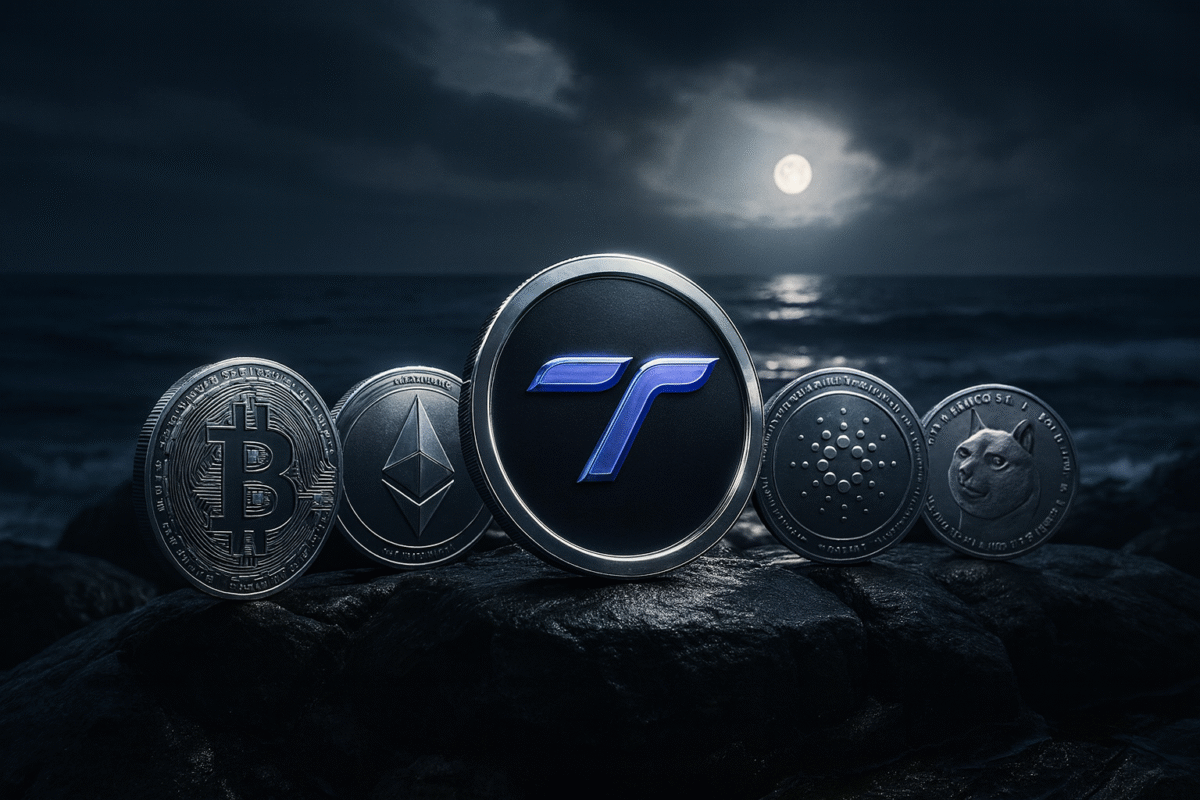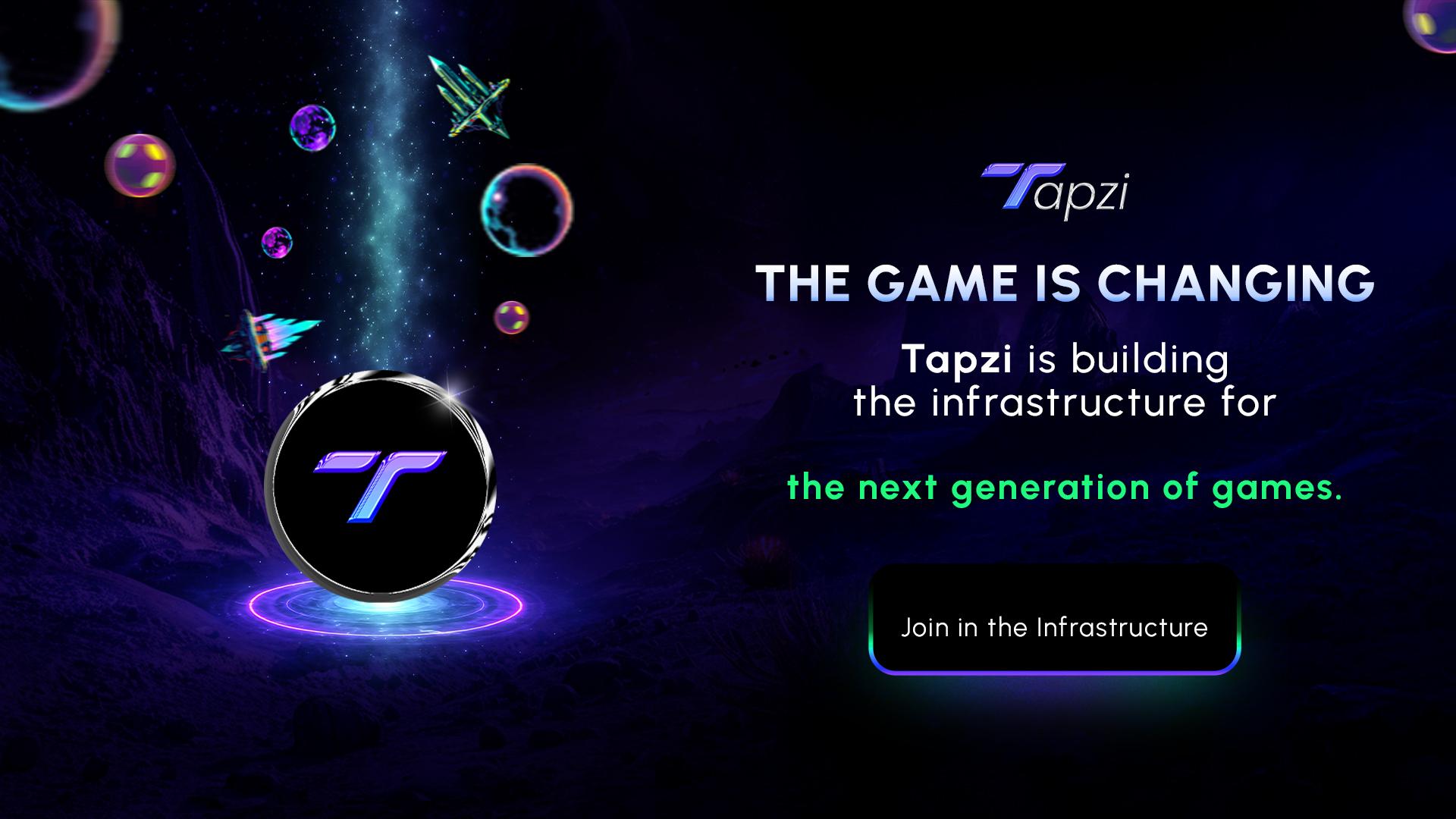The cryptocurrency industry has once again stepped into the spotlight in 2025, with Bitcoin hovering near all-time highs and Ethereum gaining traction through scaling solutions. Altcoins are also experiencing a resurgence, fueled by rising institutional interest, growing mainstream adoption, and innovations in Web3, DeFi, and gaming ecosystems. This renewed momentum is creating optimism that the market could be entering its next major growth cycle.
For investors, the big question remains: which is the next crypto to explode? While established coins provide a sense of stability, they often require substantial capital to generate meaningful gains.
On the other hand, emerging new crypto coins to buy now present a higher risk but also significantly higher potential upside. This is why low-capital, high-gain opportunities like presales are drawing such intense attention.
New crypto coins entering the market through presale allow early investors to secure tokens at discounted rates before they reach the open market, maximizing potential returns if the project succeeds. Many of today’s top cryptocurrencies, from Solana to Polygon, rewarded their earliest backers with exponential gains. With market sentiment improving and investors eager to diversify into utility-driven tokens, the focus is shifting toward projects that combine innovation with long-term sustainability.
For those evaluating the best crypto presales to buy, the standout contender in 2025 is Tapzi, a skill-based Web3 gaming hub targeting a $400 billion global gaming industry, currently priced at just $0.0035 in presale with a projected 186% increase by listing. Let us analyze Tapzi in more detail, along with four other best crypto to invest in today for maximized gains, as the Q4 is about to begin.
Tapzi (TAPZI): The Next Crypto To Explode
Tapzi is an upcoming Web3 gaming platform designed to shift the focus of blockchain gaming from speculation to skill-based competition.
Unlike many GameFi projects that rely on luck-driven mechanics or unsustainable token emissions, Tapzi emphasizes fair play, real-time Player-vs-Player (PvP) matches, and transparent economics. Its ecosystem is built to prioritize accessibility and scalability while removing common barriers such as complex onboarding, bots, and inflationary reward models.
Be Early, Stay Ahead – Grab $TAPZI Before Listing!
The platform follows a phased roadmap, beginning with the launch of its website, whitepaper, and audited smart contracts in Q3 2025. Early stages will introduce a playable demo of classic games such as Chess, Checkers, Rock-Paper-Scissors, and Tic Tac Toe, where players can stake tokens and compete in real-time.
By Q4 2025, Tapzi plans to expand with a mobile application, token listing, and its first global skill-based tournament. Later phases in 2026 aim to introduce NFT-based cosmetic upgrades, multilingual support, and a developer SDK to integrate new games into the ecosystem.
The TAPZI token underpins the platform with utilities such as staking for entry into matches, funding prize pools, purchasing NFTs, and potentially enabling governance. A fixed supply of 5 billion tokens is distributed across presale, liquidity, development, marketing, and rewards, ensuring structured tokenomics.
With Web3 gaming projected to grow from $25 billion in 2024 to over $124 billion by 2032, Tapzi positions itself as a skill-first ecosystem where sustainable growth aligns with user engagement. For investors, the model indicates organic demand tied directly to player activity rather than speculative emissions.
JetBolt (JBOLT)
JetBolt is a blockchain project built around high-speed decentralized transactions, aiming to provide users with efficiency and scalability in digital payments. The platform is designed to address common challenges in existing blockchains, such as network congestion, high fees, and slower settlement times. JBOLT uses a lightweight consensus mechanism that focuses on rapid confirmation speeds without compromising security.
The project’s roadmap includes developing an ecosystem of services ranging from peer-to-peer payments to integration with merchant platforms. Early phases are centered on building a payment network with cross-border capabilities, while later stages aim to introduce decentralized applications that utilize its transaction engine. Its long-term focus is interoperability, making JBOLT adaptable for different blockchain and Web2 integrations.
The JBOLT token acts as the core utility for transaction fees, staking rewards, and ecosystem participation. A fixed supply ensures controlled circulation, while structured allocations toward liquidity, development, and treasury aim to maintain stability.
With digital payments expected to surpass $14 trillion globally by 2027, JBOLT positions itself as a potential infrastructure layer within this expanding sector. For those exploring blockchain payment networks, JBOLT’s utility-focused model highlights an attempt to align organic adoption with long-term sustainability.
Qubetics (TICS)
Qubetics is a blockchain initiative focused on integrating quantum-inspired computing with decentralized systems. Its central idea is to provide enhanced security, optimization, and processing capabilities in an era where quantum computing may pose risks to existing encryption standards. By adopting a forward-looking approach, Qubetics aims to future-proof blockchain applications against emerging technological challenges.
The project envisions multiple phases of development. The early roadmap includes establishing its testnet, publishing technical documentation on its encryption standards, and engaging with developers for pilot use cases.
Subsequent stages are directed at creating decentralized applications across finance, logistics, and scientific research, where optimization plays a critical role. The platform also highlights plans for collaborations with academic institutions and enterprises to broaden its use cases.
The TICS token functions as the utility layer for staking, governance, and network operations. It supports validator participation and incentivizes developers to build within the ecosystem. Tokenomics are structured around maintaining network health while avoiding speculative oversupply.
With quantum computing projected to reach a $50 billion market by 2030, Qubetics identifies an important niche by aligning blockchain with post-quantum security. For long-term adoption, its emphasis lies in infrastructure development and gradual scaling through practical applications.
Magacoin Finance (MAGACOIN)
Magacoin Finance is a decentralized finance (DeFi) platform designed to provide yield-generating opportunities through staking, lending, and liquidity pools. Its mission is to streamline financial services within blockchain by creating accessible mechanisms for users to earn passive income and interact with decentralized applications.
Unlike speculative projects, Magacoin Finance emphasizes structured tokenomics and risk-managed growth. The roadmap begins with the launch of its core DeFi protocols, including staking contracts and lending pools, audited to ensure transparency and safety.
Later phases extend toward decentralized governance, NFT-backed collateral models, and integrations with cross-chain bridges. The platform is also exploring automated portfolio tools, allowing users to diversify holdings within a single ecosystem.
The MAGACOIN token serves as the utility for governance voting, liquidity incentives, and staking rewards. Allocations toward treasury, development, and user incentives are balanced to support long-term activity without excessive inflation. With the global DeFi market projected to surpass $230 billion by 2030, Magacoin Finance positions itself as a project aiming to balance growth with accountability. For investors, its utility stems from organic participation in DeFi protocols rather than short-term speculation, reflecting a focus on sustainability in decentralized finance.
BlockDAG (BDAG)
BlockDAG is a blockchain project based on Directed Acyclic Graph (DAG) architecture, developed to improve scalability and transaction throughput compared to traditional chains.
This model enables parallel transaction validation, reducing bottlenecks that are often associated with block-based systems. By adopting DAG, BlockDAG seeks to combine decentralization with high efficiency for diverse use cases.
The development roadmap begins with network optimization and validator onboarding, followed by integration of decentralized applications such as payments, gaming, and data marketplaces.
Future phases include partnerships with enterprises and expansion into cross-chain interoperability, ensuring BlockDAG can function as a base layer for multiple industries. The platform also emphasizes creating analytical dashboards to provide transparency in transaction validation. The BDAG token is central to network operations, including validator rewards, transaction processing, and governance mechanisms.
Distribution is balanced across development, staking, liquidity, and community incentives. With blockchain scalability remaining a key bottleneck, global transaction networks processing millions daily, BlockDAG’s model addresses a significant technical challenge. For those assessing infrastructure projects, BlockDAG highlights a structural approach to scaling that is designed to grow organically with real-world adoption.
The Bottom Line On Best Crypto To Invest In Today
The renewed strength of the cryptocurrency market in 2025 has amplified interest in early-stage projects that offer both innovation and long-term value. While established coins provide stability, the most compelling opportunities often come from presales that allow investors to participate before mainstream adoption.
Projects like Tapzi, JetBolt, Qubetics, Magacoin Finance, and BlockDAG illustrate the diverse directions blockchain is taking, from gaming and DeFi to payments and scalability. Among them, Tapzi stands out as the best crypto to invest in today for targeting the $400 billion gaming industry with a skill-based model, signaling how early utility-driven projects may define the next wave of crypto growth.
Disclaimer: This media platform provides the content of this article on an "as-is" basis, without any warranties or representations of any kind, express or implied. We assume no responsibility for any inaccuracies, errors, or omissions. We do not assume any responsibility or liability for the accuracy, content, images, videos, licenses, completeness, legality, or reliability of the information presented herein. Any concerns, complaints, or copyright issues related to this article should be directed to the content provider mentioned above.







